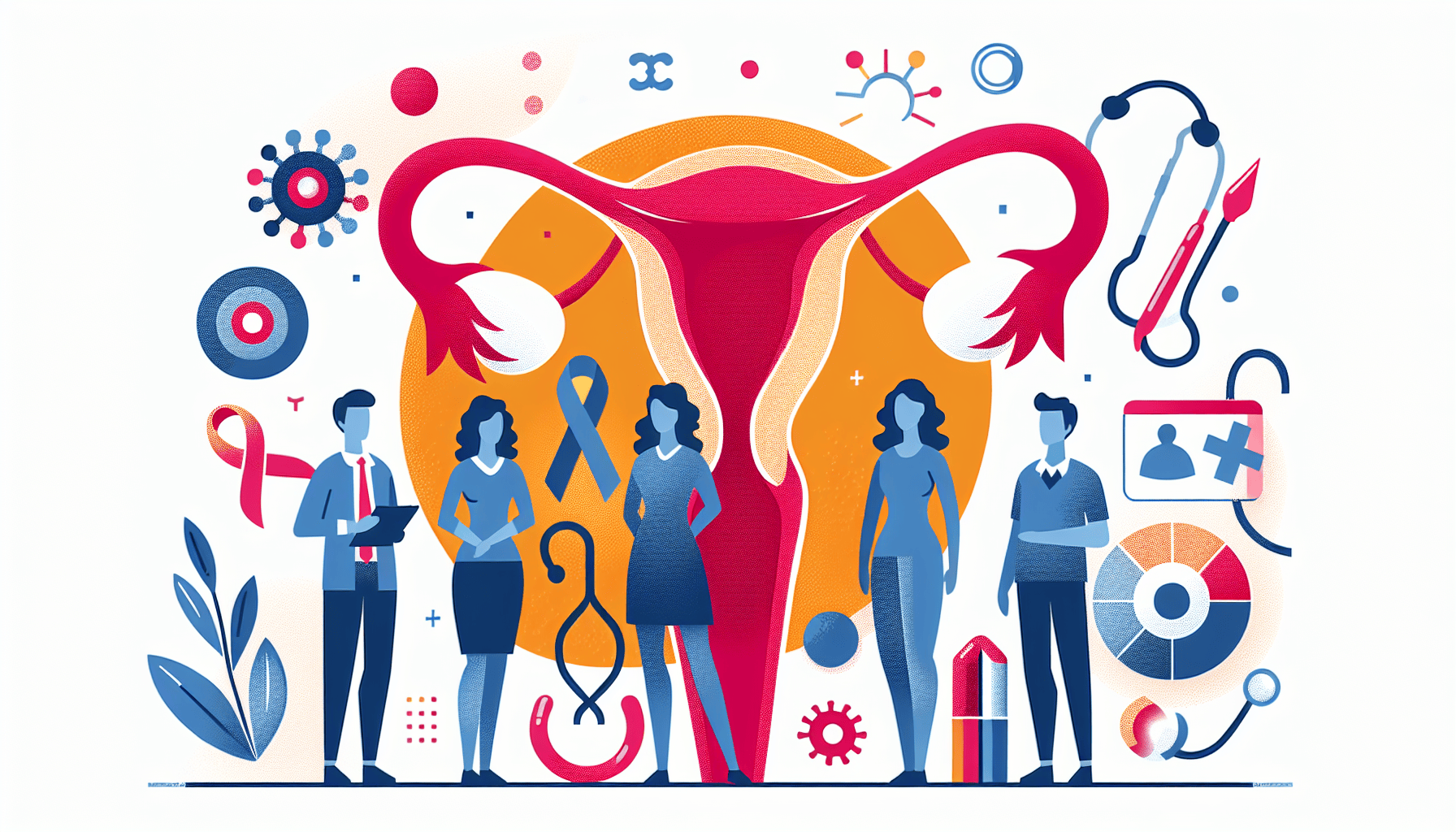Does Gabapentin Help with Sciatica?
Sciatica can cause sharp pain that shoots down your leg, making simple tasks hard. Many people wonder if gabapentin, a common medication, can ease this pain. This article [...]
Read MoreEndometrial cancer is a type of cancer that affects the lining of the uterus, called the endometrium. It is the most common type of uterine cancer. If left untreated, endometrial cancer can spread to nearby organs like the bladder, rectum, or vagina, or even to more distant parts of the body. However, with regular checkups, endometrial cancer is usually found early, before it has spread very far.
There are two main types of endometrial cancer: type 1 and type 2.
About 80% of endometrial cancers are type 1. This type usually grows and spreads slowly. Experts believe it is caused by having too much of the hormone estrogen. The prognosis for people with type 1 endometrial cancer is usually good.
Up to 20% of endometrial cancers are type 2. This type is more likely to grow and spread outside of the uterus. The prognosis for type 2 endometrial cancer is not as good as for type 1, and it usually requires more intense treatment.
Certain factors can increase your risk of developing endometrial cancer, including:
Being over age 40
Getting your first period at a young age
Going through menopause later in life
Being obese
Having diabetes or high blood pressure
Having few or no children
Having a history of infertility or irregular periods
Having a family history of endometrial, colorectal, or breast cancer
Taking the drug tamoxifen for breast cancer treatment or prevention
Taking estrogen-only hormone replacement therapy
Having certain rare ovarian tumors that produce estrogen
Eating a high-fat diet, especially one high in red meat

The survival rate for endometrial cancer depends on how far the cancer has spread at the time of diagnosis. According to the American Cancer Society, the 5-year relative survival rates are:
96% for localized endometrial cancer (cancer that has not spread beyond the uterus)
71% for regional endometrial cancer (cancer that has spread to nearby areas or lymph nodes)
20% for distant endometrial cancer (cancer that has spread to distant parts of the body like the lungs, liver, or bones)
It's important to remember that these numbers are averages and that many factors, such as age, overall health, and response to treatment, can affect an individual's prognosis.
While most cases of endometrial cancer cannot be prevented, there are steps you can take to lower your risk:
Taking birth control pills (talk to your doctor about the potential risks and benefits)
Maintaining a healthy weight
Eating a healthy diet
Exercising regularly
If you have any concerns about your risk for endometrial cancer, talk to your doctor. Regular checkups and early detection are key to successful treatment.
For more information about endometrial cancer, visit these trusted resources:
Sciatica can cause sharp pain that shoots down your leg, making simple tasks hard. Many people wonder if gabapentin, a common medication, can ease this pain. This article [...]
Read MoreBack pain is one of the most common health complaints, affecting millions of people worldwide. If you have back pain, you might have heard about gabapentin as a possible [...]
Read MoreIf you take gabapentin, you might wonder if it will show up on a drug test. This question matters for many people, whether it’s for work, sports, or legal reasons. Gabapentin [...]
Read More